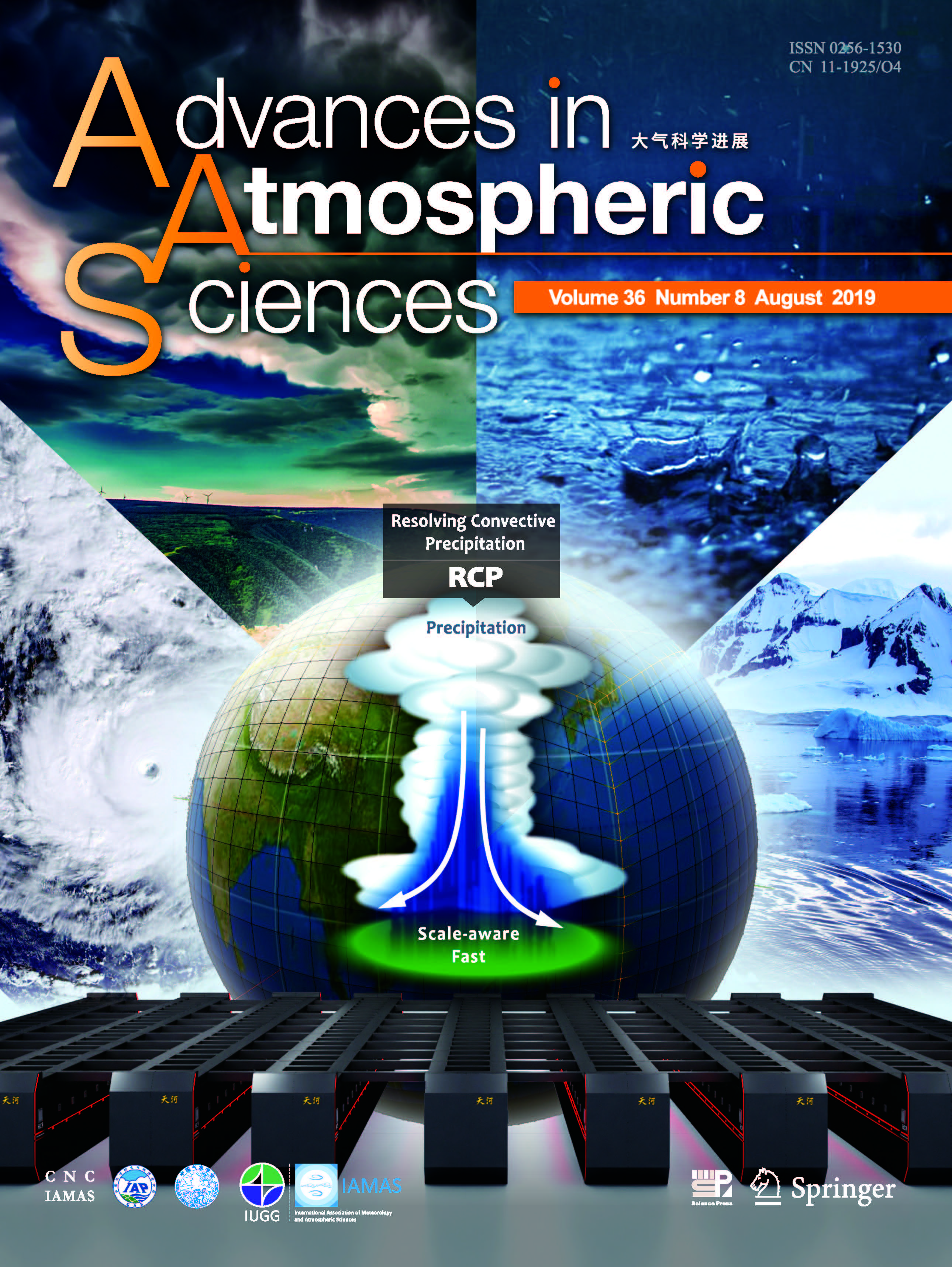Numerical models are a key tool for climate scientists in understanding the past, present and future climate change arising from natural, unforced variability or in response to changes, according to Dr. BAO Qing, a scientist at the State Key Laboratory of Numerical Modeling for Atmospheric Sciences and Geophysical Fluid Dynamics (LASG), Institute of Atmospheric Physics (IAP), Chinese Academy of Sciences (CAS), and the corresponding author of a recently published study.
"Climate changes, such as global warming, substantially influence human society in all aspects, and climate prediction is a constant hot topic in the climate science community," says Dr. Bao. "The Coupled Model Intercomparison Project [CMIP], organized under the auspices of the World Climate Research Programme’s Working Group on Coupled Modelling, uses state-of-the-art climate models to provide a physical evidence base for policymakers, such as the IPCC [Intergovernmental Panel on Climate Change]".
Dr. Bao and his model team—a group of researchers from LASG/IAP—are in charge of the development of the atmospheric model of CAS’ FGOALS-f3-L climate model. They recently completed the AMIP (Atmospheric Model Intercomparison Project) simulations in the sixth phase of CMIP and published their datasets of the ESGF (Earth System Grid Federation) nodes as a data description paper in Advances in Atmospheric Sciences.

The earth grids indicate the dynamical core of the atmospheric model component in FGOALS-f3-L, while the clouds and associated precipitation indicate the key physical scheme in the atmospheric model—the Resolving Convective Precipitation (RCP) scheme—which makes the model scale-aware and computationally fast. Based on the “Tianhe 2” supercomputer, as shown below the gridded globe, the authors complete the CMIP6 AMIP experiments, which will contribute greatly to our understanding of extreme climate events such as typhoons, floods, drought, and snowstorms. Moreover, these datasets will also contribute to the benchmark of current model behaviors for the desired continuity of CMIP. (Image by AAS)
The Finite-volume Atmospheric Model (FAMIL) in FGOALS-f3-L, which is the new-generation AGCM (atmospheric general circulation model) of the Spectral Atmosphere Model of LASG (SAMIL), has been fixed for the CMIP6 experiments in 2017. In this version, the dynamical core and model physics parameterization scheme have been substantially updated. The new model is fast in completing huge computing tasks and overcomes some model biases related to climate sensitivity and cloud microphysics from the last version. The current version shows good ability not only in capturing large-scale patterns of climatological mean precipitation and surface temperature, but is also good at reflecting intraseasonal events like MJO (Madden–Julian Oscillation) and typhoons, which were a challenge for the CMIP5 models, according to Dr He, the first author of this paper.
Following the design of the AMIP experiments, three ensemble simulations were carried out over the period 1979–2014, which were forced by monthly mean observed sea surface temperature and sea ice, as recommended by the CMIP6 projects. The model outputs contain a total of 37 variables and include the required three-hourly mean, six-hourly transient, daily and monthly mean datasets.
"Preliminary evaluation suggests that FGOALS-f3-L can capture the basic patterns of atmospheric circulation and precipitation well, and these datasets could contribute to the benchmark of current model behaviors for the desired continuity of CMIP," Dr. BAO explains. "Analysis of these datasets will also be helpful in understanding the sources of model biases and be of benefit to the development of climate forecast systems."

The resolving convective precipitation scheme plays an important role in simulating intraseasonal atmospheric variabilities. (Imapge by HE Bian)
Reference
He, B., and Coauthors, 2019: CAS FGOALS-f3-L model datasets for CMIP6 historical Atmospheric Model Intercomparison Project simulation. Adv. Atmos. Sci., 36(8), 771–778, https://doi.org/10.1007/s00376-019-9027-8.
Media contact: Ms. LIN Zheng, jennylin@mail.iap.ac.cn
